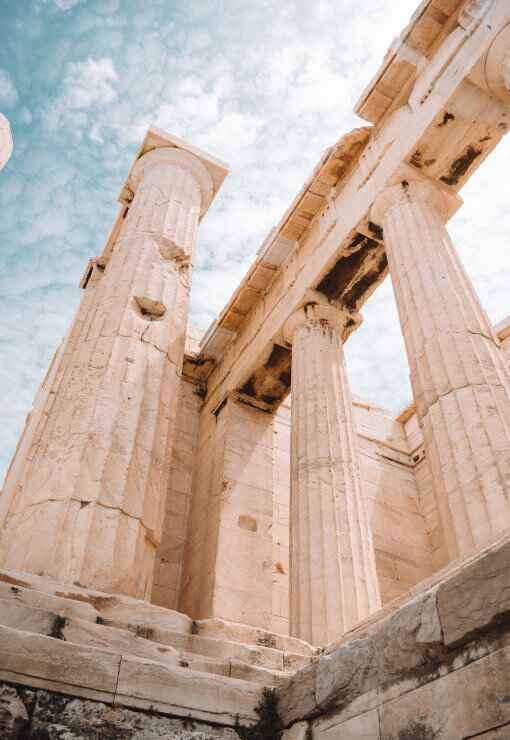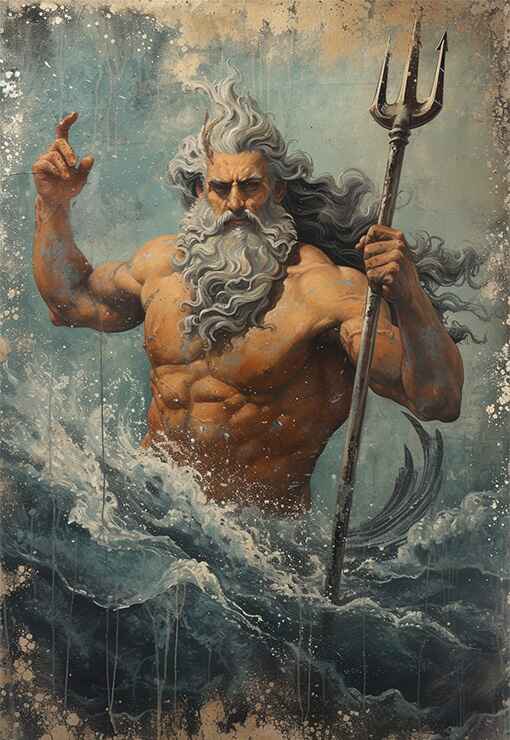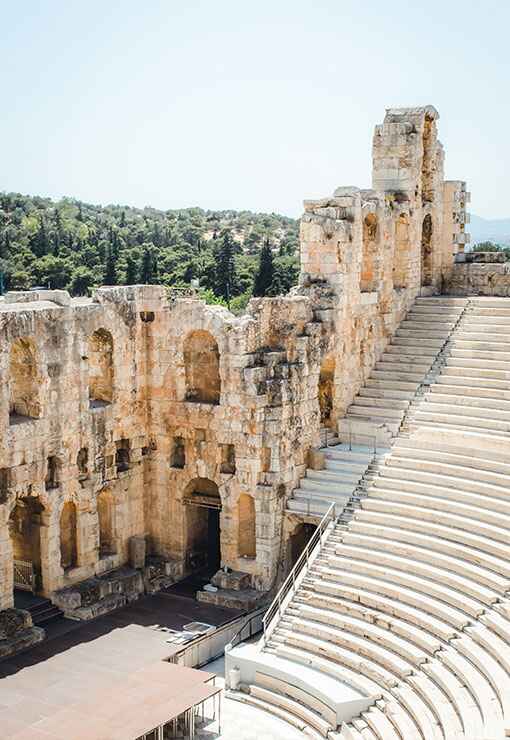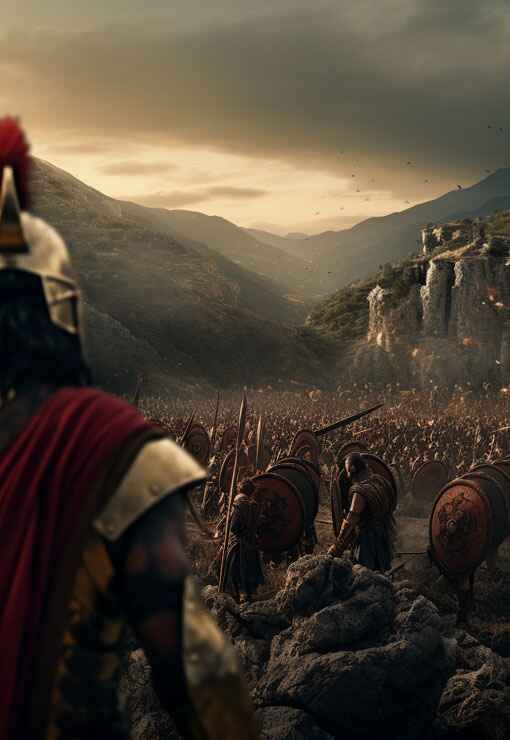

In Greek mythology, the Younger Gods represent a new generation of deities who emerged after the Olympian gods established their rule. These gods and goddesses, often the offspring of the Olympians, played crucial roles in various myths and were worshiped for their specific domains and powers.
Apollo: Apollo, the son of Zeus and Leto, was the god of music, prophecy, healing, and the sun. He was a versatile deity known for his oracle at Delphi, his prowess in archery, and his patronage of the arts. Apollo was often depicted with a lyre and a laurel wreath.
Artemis: Artemis, Apollo's twin sister, was the goddess of the hunt, wilderness, and childbirth. She was a fierce protector of wildlife and young women. Artemis was often depicted with a bow and arrows, accompanied by a stag or hunting dogs.
Athena: Born from Zeus's forehead fully armed, Athena was the goddess of wisdom, warfare, and crafts. She was the patroness of Athens and symbolized strategic warfare and intelligence. Athena was often portrayed with a helmet, shield, and the owl, her sacred animal.
Dionysus: Dionysus, the son of Zeus and Semele, was the god of wine, festivity, and ecstasy. He represented the liberating and chaotic aspects of life. Dionysian festivals were known for their ecstatic rituals, theatrical performances, and the celebration of life's pleasures.
Hermes: Hermes, the son of Zeus and Maia, was the messenger of the gods, as well as the god of commerce, thieves, and travel. Known for his speed and cunning, Hermes wore winged sandals and a winged helmet, carrying the caduceus, a staff entwined with serpents.
Hephaestus: Hephaestus, the son of Zeus and Hera, was the god of blacksmiths, craftsmen, and fire. Despite his lameness, he was a master artisan who created magnificent weapons and armor for the gods. Hephaestus was often depicted with a hammer and anvil.
Aphrodite: According to some myths, Aphrodite was born from the sea foam, while others claim she was the daughter of Zeus and Dione. She was the goddess of love, beauty, and desire. Aphrodite was frequently depicted emerging from the sea or accompanied by doves and sparrows.
Ares: Ares, the son of Zeus and Hera, was the god of war. Unlike Athena, who represented strategic warfare, Ares embodied the chaotic and brutal aspects of battle. Despite his unpopular nature among the gods, he was worshiped by warriors and soldiers.
The Impact of the Younger Gods: The Younger Gods played significant roles in Greek mythology, embodying various human experiences and natural phenomena. Their stories and attributes reflected the complexities of the human condition and the Greeks' understanding of the world.
Legacy: The worship and myths of the Younger Gods have profoundly influenced Western culture, literature, and art. Their timeless tales of love, wisdom, conflict, and celebration continue to resonate in modern narratives and artistic expressions.

Did you know that Hermes, the messenger god, was also considered the guide of souls to the underworld, playing a crucial role in the afterlife journey in Greek mythology?
Ancient Greek art and architecture, with its harmonious proportions and timeless elegance, continue to inspire awe and admiration millennia later.
Discover
Greek mythology, a rich tapestry of gods, heroes, and mythical creatures, captivates the imagination with its tales of love, betrayal, and epic adventures that delve into the depths of the human psyche.
Discover
Ancient Greek history, marked by remarkable achievements in democracy, philosophy, and warfare, shaped the foundation of Western civilization, leaving an indelible legacy of innovation and cultural influence that continues to resonate to this day.
Discover
The ancient Greek Olympics, held in Olympia every four years, celebrated athleticism, unity, and cultural pride, serving as a testament to the enduring spirit of competition and excellence that transcends time and borders.
Discover
Ancient Greek wars, such as the Persian Wars and the Peloponnesian War, were pivotal conflicts that shaped the course of history, highlighting the struggle for power, independence, and the clash of civilizations in the ancient Mediterranean world.
Discover
Ancient Greek culture and society, characterized by its emphasis on art, philosophy, and civic engagement, fostered a vibrant intellectual and social landscape where innovation flourished, democracy thrived, and the pursuit of knowledge and excellence was celebrated as fundamental values of civilized life.
Discover
Find out more about ancientgreece.com